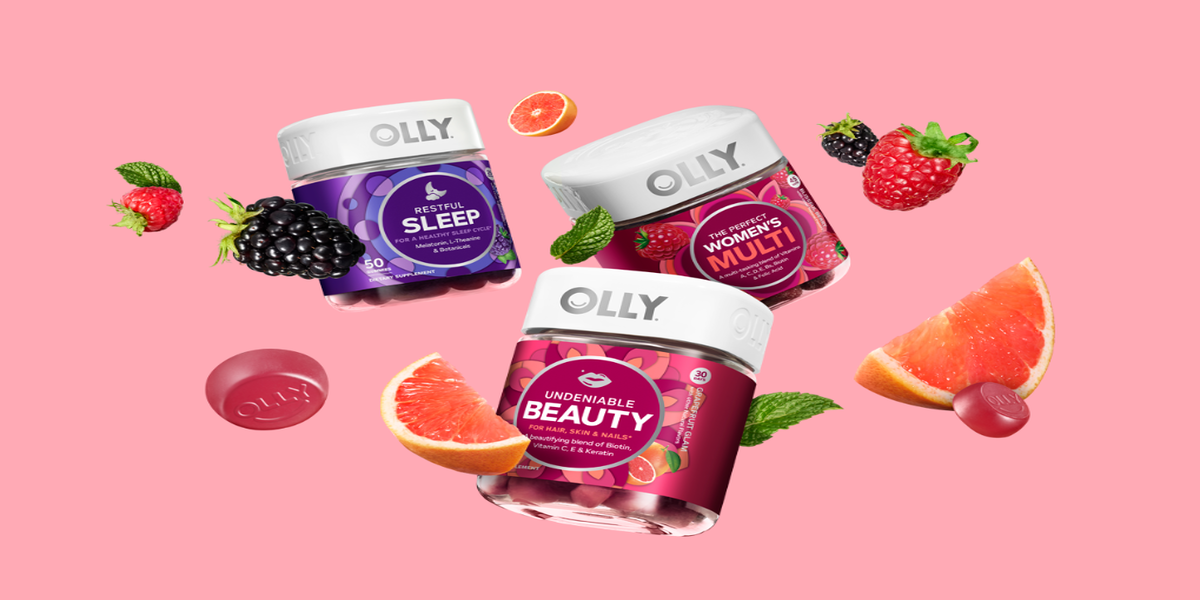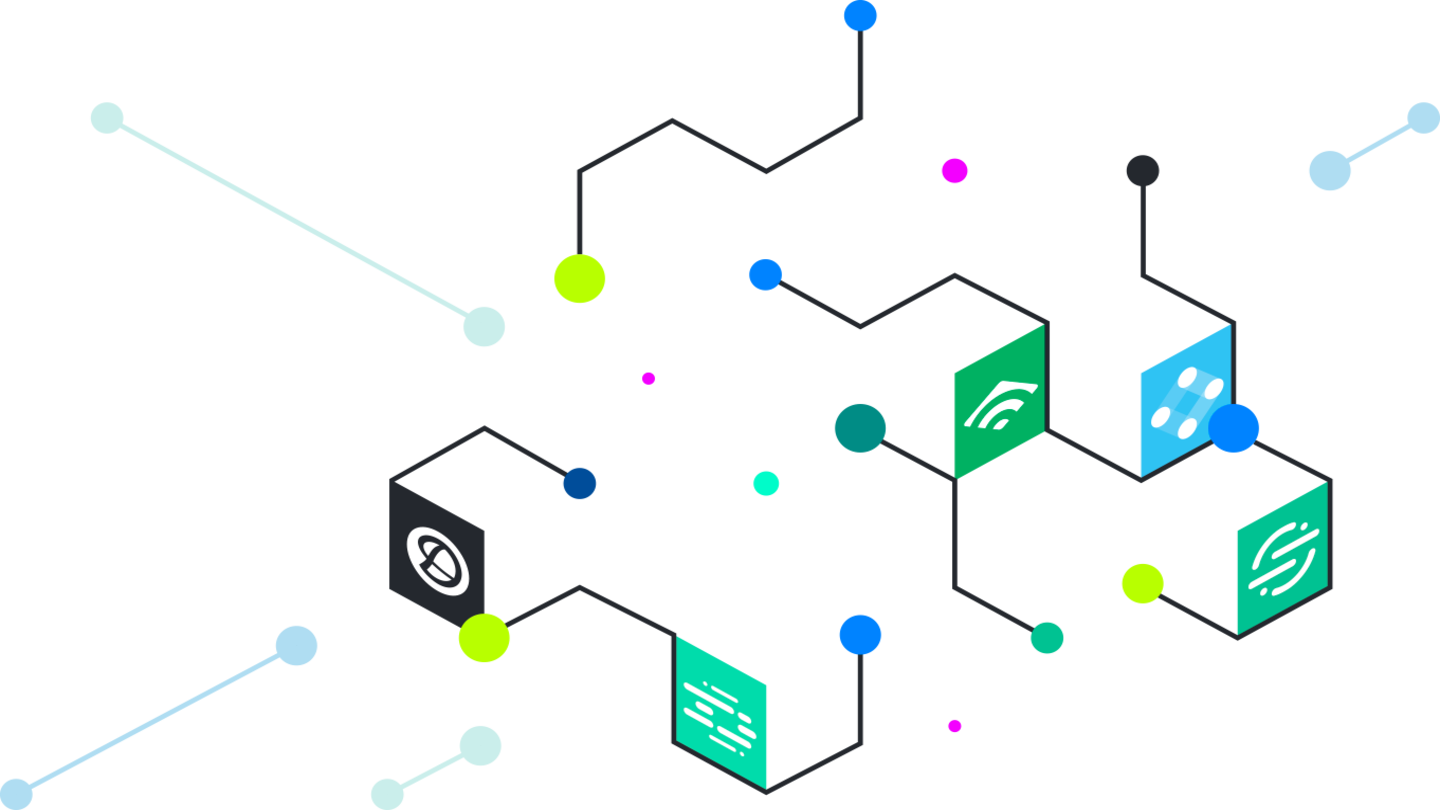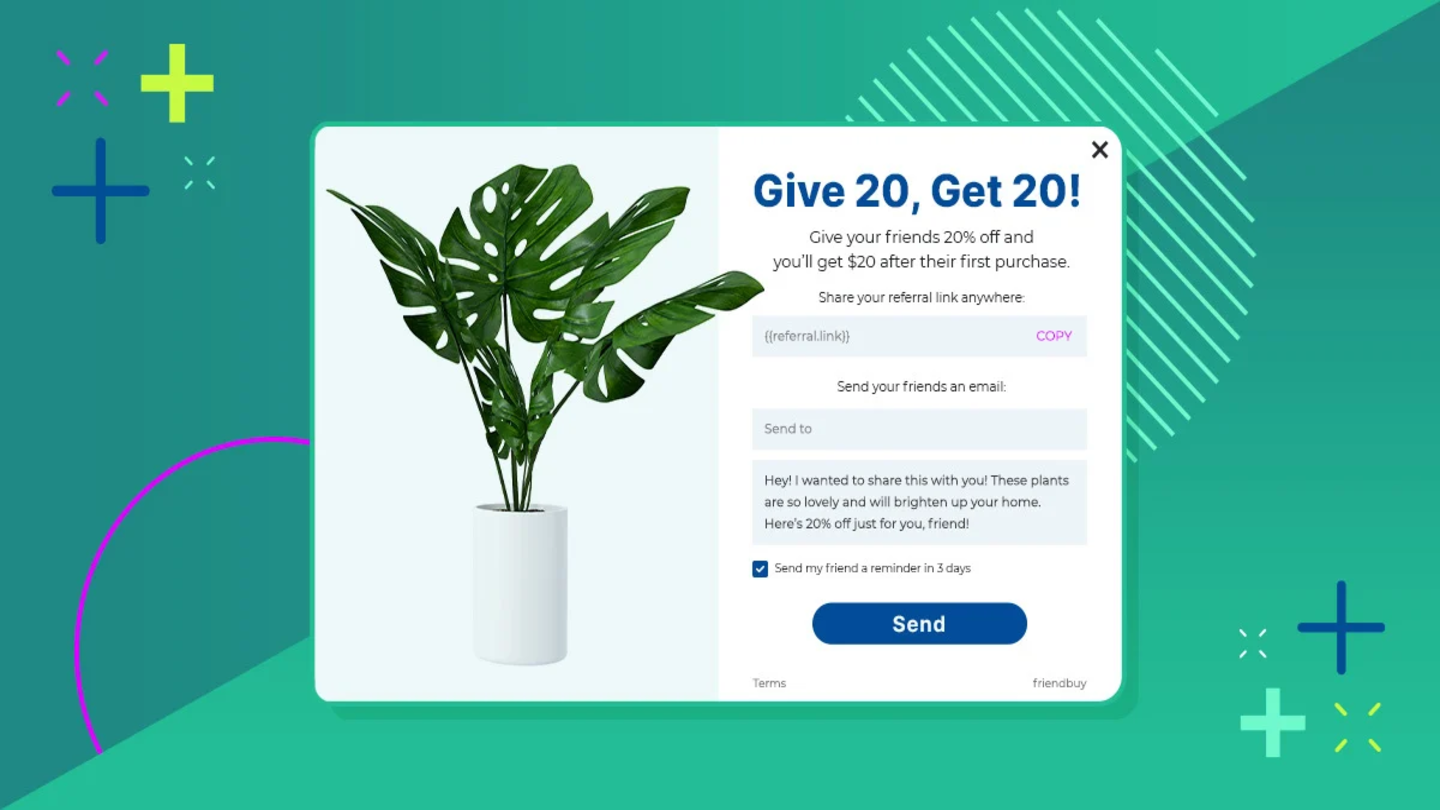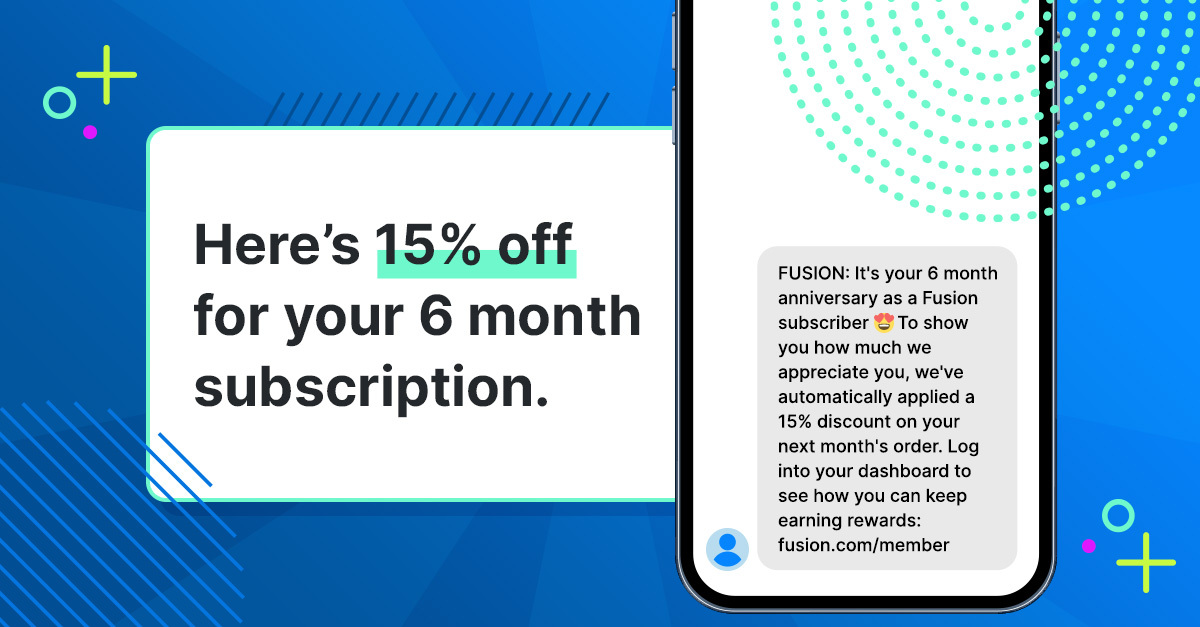Share this article
Table of Contents
A referral program is a marketing tactic wherein you (the marketer) encourage anyone you can reach (your customers, social followers and folks in your email list) to promote your product/service to their friends, A.K.A. your next customers.
So what makes a subscription referral program unique? What's different about them?
What is a subscription referral program?
Subscription referral programs operate the same way that single-transaction referral programs work -- as described above -- except the end goal is to convert friends (referred visitors) into new subscribers.
In the world of digital marketing, you can encourage, track and measure referrals much more easily than ‘old school,’ word of mouth referrals. The sales team at Friendbuy gets calls all the time from marketers who say, “I know my customers are telling their friends about us. We’re growing organically through word of mouth. But I can’t track the referral activity nor can I increase the amount of referrals I get.”
Good news! You can actually influence the number of referrals to your business and track them by implementing a customer referral program.
Performing simple A/B tests on the copy, images, calls to action and placements of referral widgets can influence the overall amount of referrals you receive. That is to say, you can increase referral volume and find out what referral offers work best for your company.
Is a referral program right for my subscription product?
We have a saying here at Friendbuy: “If you can get someone to buy from you, you can get them to refer friends.” It really does boil down to that. I could write five more paragraphs about the concepts encapsulated in the saying above, but it might just be better to re-read it a few more times and let it sink in…
Do referral programs really work?
As a marketing channel, referral marketing is incredibly cost-efficient. On a Cost Per Acquisition (CPA) basis, you can expect to pay less than $10 for a new customer. In fact, much less. Most Friendbuy referral program partners hover around the $3 CPA mark.
Compared to display ads, pay per click (PPC) and other marketing tactics, referrals will be your most efficient means of acquiring customers.
If you’re curious about the metrics to which I refer above, check out our blog post about referral marketing benchmarks.
Pay per click campaigns harvest demand, referral programs generate demand.
Referral programs are also incredibly useful when PPC campaigns become daunting. Here are a few real world examples to illustrate what I mean:
1. When you’re just starting out
Suppose your product or service is a groundbreaking new product category, such as a monthly razor blade subscription (e.g. the very successful Dollar Shave Club) where search keywords are scarce or non-existent. Nobody searches on ‘monthly razor blade subscription.’ In this scenario, you can’t even spend sufficient capital to generate a meaningful number of clicks to your site. There’s no scalable opportunity.
Take another example, Dropbox. When they started, no one was searching the keywords for their offering like ‘cloud file storage’ or ‘shared file folders.’ And certainly no one was searching their brand name until they became widely known.
Dollar Shave Club’s best hope for expanding their business was to get their initial user base to invite friends and colleagues. The same was true for Dropbox.
2. When you’re in a crowded or dominated category
Suppose you're in a market dominated by much larger competitors with similar products. You’re selling shoes or razor blades - commodities. Even though you're not a reseller -- your shoes are your own brand, mitigating the "commodity" effect -- you don't have enough capital to challenge the massive marketing budgets of your Fortune 500 competitors. The keyword bids for “shoes” or “razor blades” are out of reach.
Furthermore, a large and dominant competitor can make life miserable for you by undercutting your prices as a loss leader among their broad array of related or unrelated products they carry. Say, Amazon starts selling product like yours at cost to attract site visitors in hopes of cross-selling a high ticket item like a leaf blower - that’s quite a conundrum. You need a channel that you own and distribute efficiently.
For a broader look at the efficacy of customer referral programs, check out this great study published in Harvard Business Review, "Why Customer Referrals Can Drive Stunning Profits."
Where can I see some subscription referral campaign examples?
Click on the links below to see examples and bonus information about the 'best practices' top brands are using to generate outstanding returns from the referral campaigns.
- 4 Examples of the Best Customer Referral Programs
- [Slides] Referral Marketing Crash Course chock full of real world examples
What’s the best kind of referral incentive for subscription referral programs?
Subscriptions are a little different than one-time purchases, and we mean that in a good way; they carry the benefit of monthly recurring revenue and higher customer lifetime value (CLTV).
By far the most popular and effective referral incentive for subscription businesses is a discount or store credit toward the next subscription payment.
Store credit as a referral incentive has several advantages - not only in the eyes your customers, but for your bottom line as well.
Advantage 1#: Customers love store credit
Customers love it. They value a free month or some sort of discount for referring friends; it’s something to which they look forward.
- “I’m getting a free [your product] next month.”
- “I’m getting 100 MB of extra cloud storage.”
- “I’m getting $10 off my next subscription box.”
Customers naturally delight in telling friends about products they love. Think about it. Don’t you enjoy telling friends about a product you love? Getting a reward for sharing something you already love builds your affection for a brand even more. A reward for doing so is a way of saying, “Thanks for spreading the word.” As a marketer, you can track and influence this kind of passion.
Advantage #2: Store credit reduces churn
Store credit reduces churn because it keeps the referrer’s subscriber status active. Receiving the future benefit of a referral reward is contingent upon that customer staying…well, a customer. They only get rewarded so long as they continue to be an active subscriber.
Advantage #3: Store credit preserves margin
Margin preservation! For example, a reward of $10 in store credit may only be a hard cost of $5 (or less) to you. This is much different than a cash reward where the hard cost of the reward is 100% of the face value.








